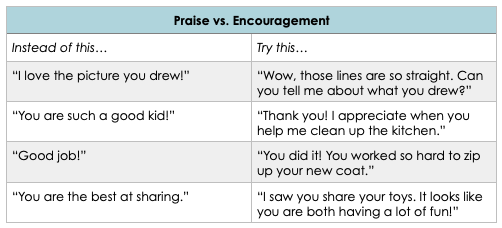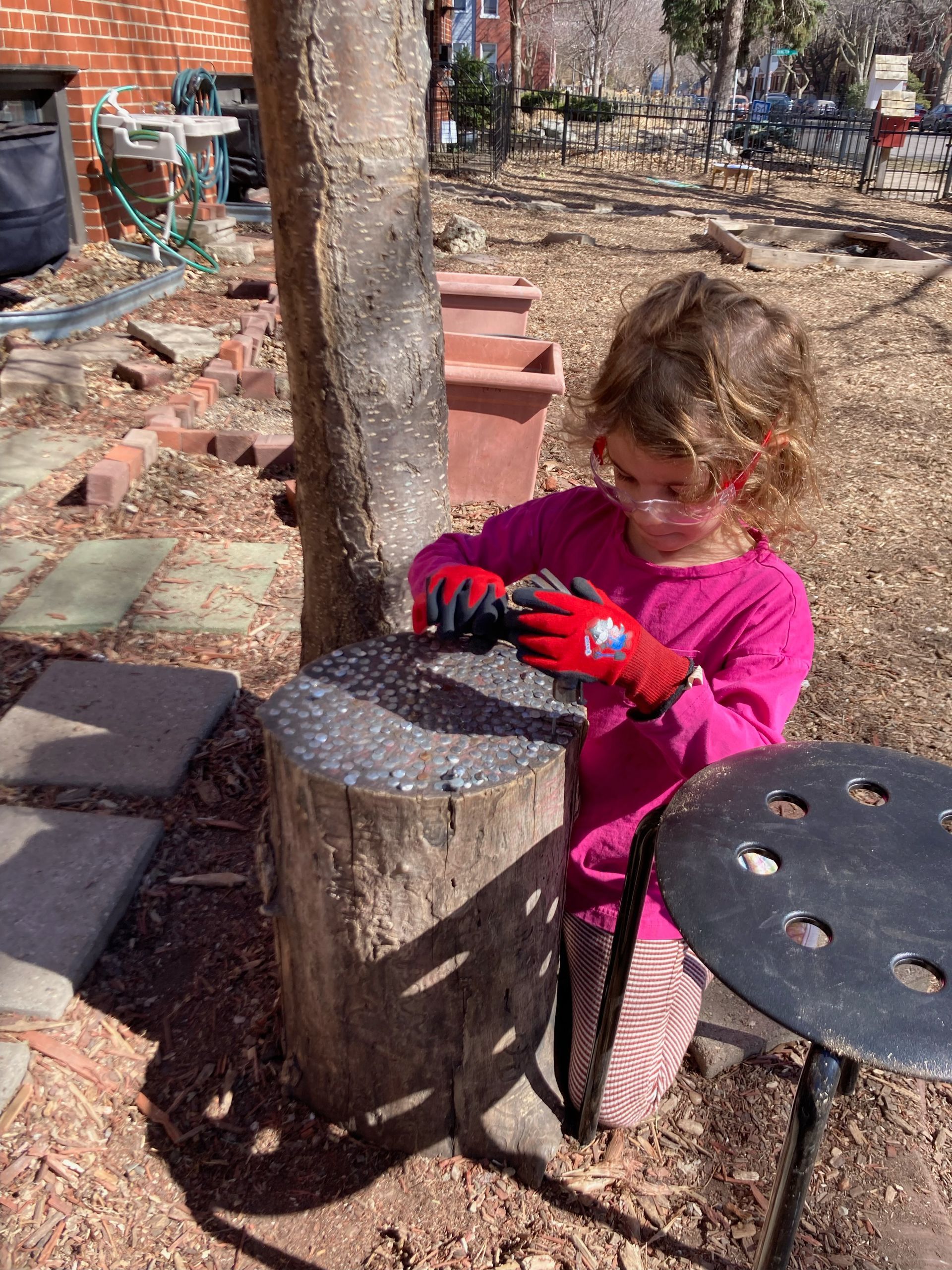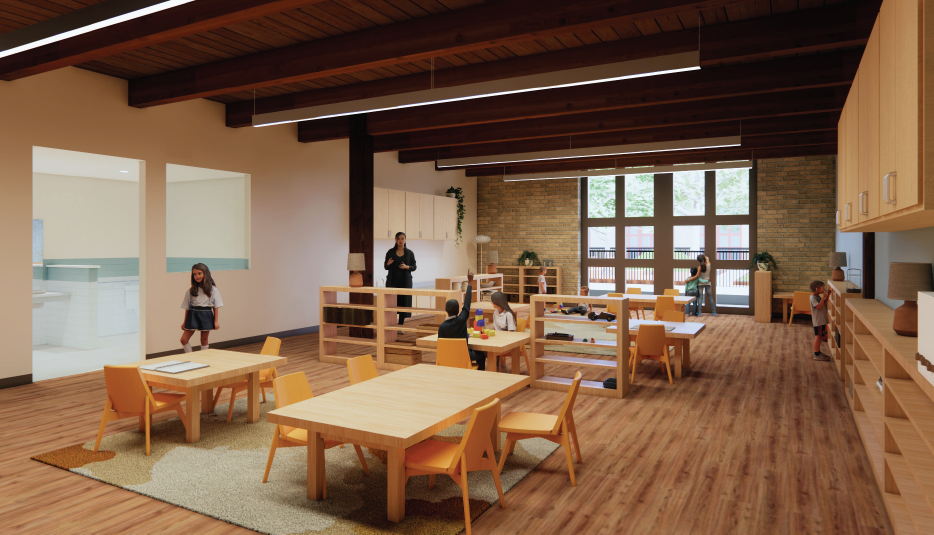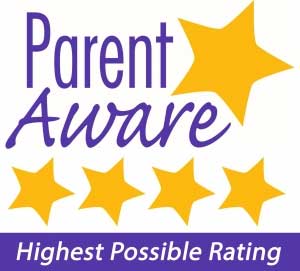Wednesday Weekly 3.6.24
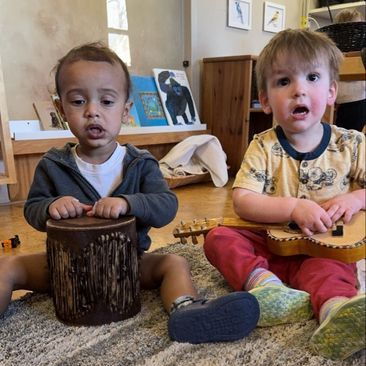
Many children learn more than one language in their homes. More than 33% of all children in the US under the age of 9 speak a language other than English at home. This number is projected to increase in the coming years.
There are many myths about raising bilingual children. One of the biggest ones is the is that multilingual kids are at disadvantage in their language development and academic achievement. Some may believe that learning two languages simultaneously may be confusing for a child or may delay language acquisition.
There are many benefits of being bilingual, especially at a young age! These include enhanced scientific problem solving, and greater abilities when it comes to word learning, even as adults. Surprisingly, research has shown that being bilingual decreases the chance of developing Alzheimer’s disease. The effects of aging on the brain are diminished among bilingual adults because of how active the brain is compared to someone who is monolingual. Bilingual children also possess the ability to interact with people from different backgrounds with ease, and have an easier time with travel.
It has also been shown that children should learn both languages at the same time. Children learning two languages simultaneously go through the same developmental stages as children learning one language. While bilingual children may start talking slightly later than monolingual children, they still begin talking within the normal/expected range. Early on, they can differentiate their two languages and have been shown to switch languages according to their conversation partner. So, starting as early as possible tends to have the best outcomes.
If a second language is introduced after the first language is well-established (generally after the age of three), children may experience sequential acquisition. If they immigrate to a country where a different language is spoken, sequential learning may also occur. If the child exclusively speaks their heritage language at home until they begin school (where instructions are offered in a new language) they may go through a “silent” or “nonverbal” period when they are first exposed to a second language. This can last from a few weeks to several months, and is most likely a time when the child builds their understanding of the new language. Younger childrenusually remain in this phase longer than older children. Children may rely on using gestures in this period, and use fewer words in the second language.
In the Toddler Community we incorporate American Sign Language into many of our conversations with the children and during songs at collective. Sign language serves as a visual simulation of speech and language development. It helps to reduce tantrums caused by frustration, increases vocabulary and social skills, and develops cognitive structures. With early introduction, sign language provides emotional, social, and academic support for language development. Research has shown that the use of sign language in babies does not interfere with speech development, but instead helps to facilitate and encourage language development.
Breanna
You might also like
PROGRAMS
Privacy Policy | Accessibility
Cathedral Hill Montessori School
Cathedral Hill Montessori School

